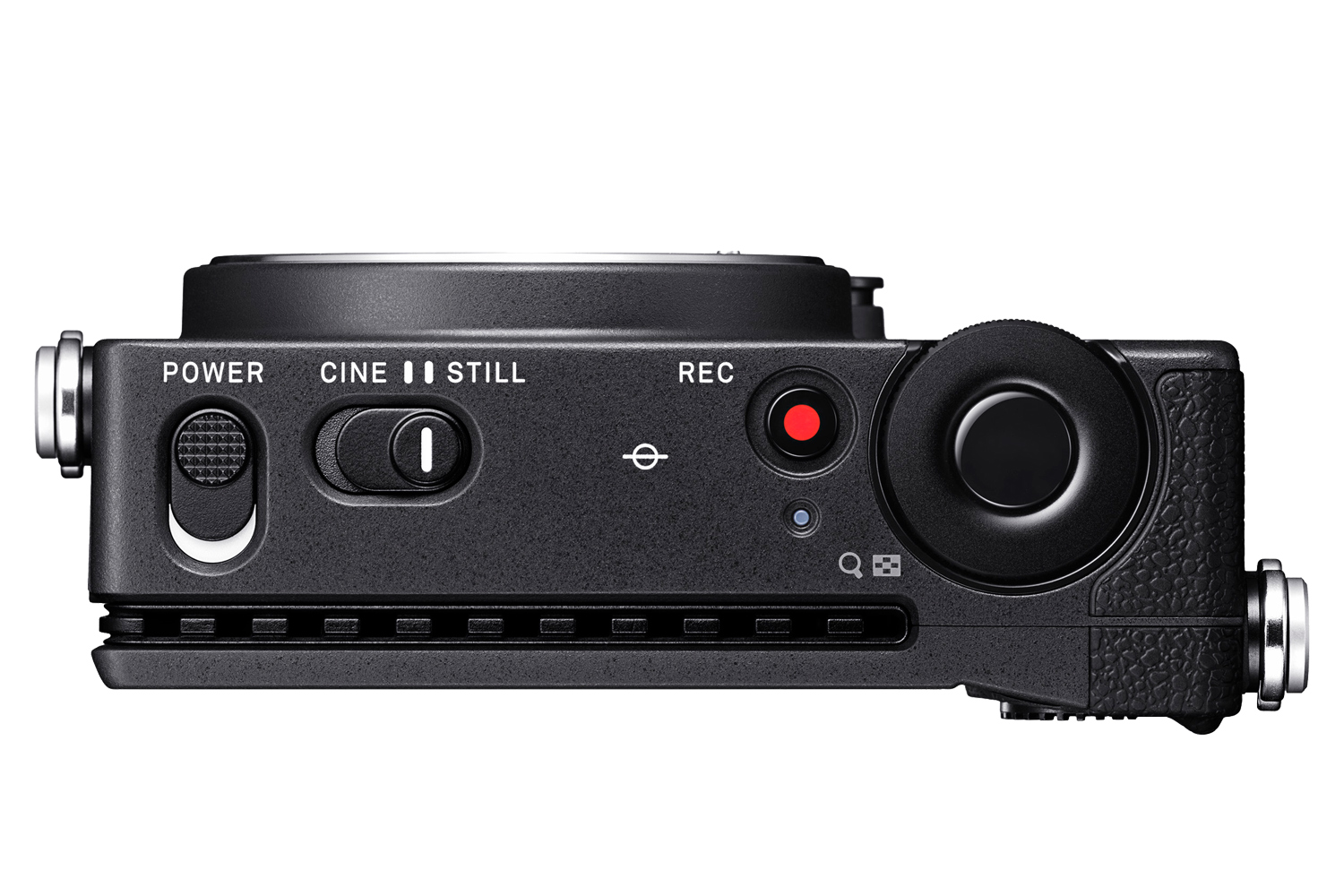It was nice knowing you, Canon EOS RP, but there is a new lightweight full-frame champ in town: The Sigma Fp. Weighing in at a hair over 13 ounces and measuring 4.4 x 2.7 x 1.8 inches, the Fp is officially the smallest and lightest full-frame interchangeable lens camera in the world. It is built around the Leica L mount (also used by Panasonic in the S1 and S1R cameras) and uses a 24-megapixel sensor.
Notably, the sensor is a standard Bayer type, which could signal that Sigma is finally moving away from the Foveon chips it relied on previously, found in cameras like the SD Quattro H. Foveon sensors use stacked photodiodes in three layers, one for each color channel (red, green, and blue). This delivered superior sharpness and color accuracy in the right conditions, but the sensor was slow and prone to noise. By adopting a traditional Bayer sensor, the Fp should be a more approachable machine.
Sigma says the Fp is suitable for all manner of photographers, from novices to professionals, and presents it as equal parts still and cinema camera. However, it looks to be built more for the professional filmmaker than still photographer and includes some video-specific options like 12-bit RAW output over USB and even a “teal and orange” color profile for achieving that overused cinema color palette in camera. The boxy design also makes it a good fit for video shoulder rigs, drones, or other mounting solutions.
The camera uses a fully electronic shutter with no mechanical shutter to speak of, which again would seem to emphasize its role as a cinema camera. But Sigma also says the electronic shutter is better for still photography as it means zero shutter shock and more reliable performance over time. It can also shoot up to 18 frames per second, although maximum shutter speed is just 1/8,000 second, similar to high-end mechanical shutters. Electronic shutters can cause distortion when photographing high-speed subjects, but we’ll have to wait to see how well the Fp performs here.
Autofocus looks to be contrast-detection only but does include face and eye-detection and subject tracking. Sigma did not elaborate on this in the press release, and we’re not sure if this is traditional contrast detection or a more advanced system like Panasonic’s Depth from Defocus (we would certainly hope for the latter).
Also unknown at this time are the price and availability. Knowing Sigma, we expect the Fp will be competitively priced, especially if Sigma does intend this to be a camera suitable for all walks of photographers.









